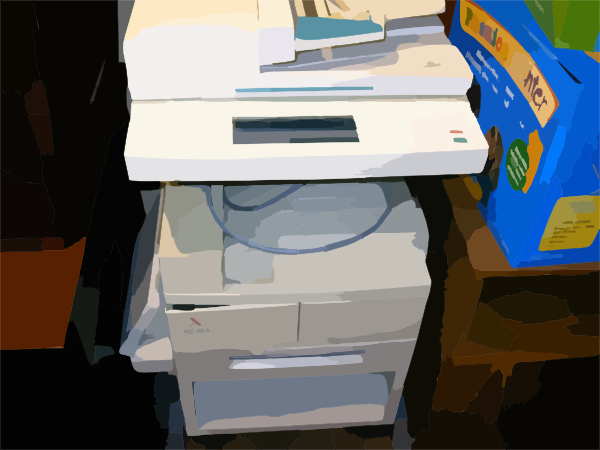

What is more astounding is her art practice which features experimentation with lens-based media, using the photocopier and computer in both 2D and installation work. The other, was helping artists use the photocopier as a printmaking medium. One was to work with community organisations in creating their own publicity, making an affordable resource center. According to her, the organisation had two main aspects. Turns out, Rita Keegan, founder of the Women of Colour Index at the Women’s Artist Slide Library (later the Women’s Art Library) was an important part of Community CopyArt. Here’s why CopyArt has caught my deep interest – it’s the versatility of and scope of using the photocopier as a tool for anything ranging from: publications, posters, art to liberation movements.
#Photocopy art archive#
This method of duplicating, deconstructing and reconstructing through photocopying, allowed me to bring together a community-based archive by arranging material thematically which challenges the conventional way of organising and collecting.Ĭommunity Copy Art Poster, Women’s Art Library, Women of Colour Index, Group Shows, ‘Through Our Black Eyes’, 1988 This is exactly what I had been embodying in the decolonising project that I undertook at Special Collections and Archives – photocopying material from: books, zines, archives within the existing collections or from outside, which is brought together in new folders by themes. The organisation used photocopying or “CopyArt” as a new medium of communication which combined elements of photography, collage and graphic arts with the technology of photocopiers.

While exploring the Women’s Art Library, particularly the Women of Colour Index Group Art Shows, I came across a folder on “Community CopyArt.” Looking through the pamphlets and posters, I learnt that Community CopyArt was founded in 1983 with a grant from the Greater London Council (GLC), as an arts collective located in Kings Cross. You’ll find the exhibition in Buchi Emecheta Space at Goldsmiths Library Second Floor, 20th July – 8th October 2021.

Instead of ink or paint, she could just use random materials like food packaging, plastic wrap, or fabric scraps to stand in for earth, water, and sky.Visit Photocopying Yourself into History, an exhibition which gives insight into the organisation, Community CopyArt, and Rita Keegan’s practice. "I said, 'Wow, that's a mountain!'" She realized she could capture majestic scenery with a photocopier just as traditional artists do with pens and brushes. "It's like stepping into a three-dimensional black-and-white photograph, where you are the only one moving, and the only one with color," she says.īy comparison, a 2-D fake landscape is a breeze: She made the first by sheer accident in 2013, while playing around with materials at a copy shop. She copied objects like cigarette cartons, noisemakers and bunting from all sides, then reconstructed them in the round to create props for the scene. Drawing and painting didn't convey the same feeling, but xeroxing did. When she woke, the image was so intense in her mind that she had to recreate it. Her adventures with the copy machines began in 2009, after she dreamed about an eerie, gray party, devoid of people and leached of all color.


 0 kommentar(er)
0 kommentar(er)
